Muscles are organs responsible for the movement of the body or of some of its parts. Some of them confer motility to the skeleton, others to sense organs or to small anatomical structures; we think, for example, of the erector muscles of the hair, involuntary, which erect the shaft in response to a strong emotional stimulus (causing the characteristic goose skin).
Muscle activity, therefore, is not only important for locomotion, but also and above all for maintaining various vital functions, such as blood circulation, breathing and digestion of food.
Muscle cells have the ability to CONTRACT (reduce in length) and RELAX (return to the initial length) in response to stimuli of various kinds (nervous and hormonal); this coordinated alternation of events gives rise to movement.
The contraction of the muscle derives from its ability to convert the chemical energy, made available by the hydrolysis of ATP, into active mechanical energy; a not negligible part of this energy (about 45%) is dispersed in the form of heat. muscle is also an "important source of thermal energy; think for example of the cold shiver: it is nothing more than an involuntary and rhythmic contraction of the striated muscles, which occurs with the aim of producing heat and thus increasing the body temperature. The heat dispersion is greater the more intense is the entity and the duration of the contractile action developed by the muscle.
We remember that ATP is the energy molecule of our organism, the final result of a series of physico-chemical transformations operated on the food introduced with the diet. Muscle cells "burn" these energetic substrates obtaining energy but also waste products, a bit like firewood turning into ash. The main waste product of muscle activity is lactic acid, the production of which is proportional to the intensity and duration of the contraction. Once a certain speed of synthesis is exceeded, the recycling processes become saturated, lactic acid accumulates in the muscle and, once a limit threshold is reached, it interferes with muscle activity causing the so-called muscle fatigue. Only after an adequate resting period (shorter than expected) the muscle and blood are effectively cleaned of lactic acid.
The musculature of our organism is rather complex, as the muscles are very many, arranged in layers and with rather variable macroscopic characteristics. For this reason it is very difficult to quantify their number (according to Eisler those striated are 378, while for other authors they are more than 600). The muscles of the human body can still be classified on the basis of certain characteristics, as we will see better in the next article.
The vast majority of muscles are even (we have two biceps, two quadriceps, two glutes, etc.), but there are also some unequal muscles: an example of all is the diaphragm, an involuntary striated muscle that can be controlled by the will, which allows breathing. and promotes defecation.
Muscle tissue is the main constituent of body mass. In an adult. the whole of the various muscles constitutes 40% of the entire human body, surpassing any other apparatus in terms of weight and volume. The percentage is higher in the adult than in the child and in the elderly, in the male compared to the female and in the athlete compared to the sedentary.
Striated muscles and smooth muscles
Based on the histological and physiological characteristics, muscle tissue is divided into smooth muscle tissue and striated muscle tissue.
It covers the walls of all those apparatuses devoted to the vegetative life; we find it in the wall of blood vessels (arteries, veins), in the wall of hollow organs (stomach, intestines), inside the eyeball, in the erector muscles of the hair. Its main function is to push materials in and out of the body .
It constitutes the skeletal muscles and the musculature of organs such as the eyeball and the tongue, thus most of the musculature.
Allows movement and maintenance of posture; it helps to determine the body shapes.
It is responsible for the continuous and rhythmic contractility of the heart
It is made up of smooth fibers, which under the microscope do not show the typical streaks of cardiac or skeletal muscle
The particular arrangement of the contractile proteins gives the muscle a striated appearance, characterized by streaks (alternately repeated light and dark bands); hence the term Striated Muscle.
It has functional and structural characteristics that are intermediate to the other two types of muscle tissue.
To learn more see: heart muscle
Very slow, but prolonged and more efficient contraction (less ATP required).
It responds with exceptional speed to nerve impulses, contracting rapidly and intensely.
They are not involved in the onset of muscle fatigue.
They cannot remain contracted for a long time with high intensity, they are subject to fatigue
They are often intrinsic, and as such, do not attach themselves to skeletal structures
As a rule, they connect to the skeleton by means of tendons
(*) Although it is under the control of our will, in certain circumstances the skeletal muscle can be responsible for involuntary motor acts (reflexes, such as patellar or swallowing) in response to external stimuli.
The denomination of the muscles is very varied and can, for example, refer to:
- the shape (deltoid muscle, quadrate loin muscle, rhomboid muscle, trapezius muscle, etc.);
- the action they perform (flexor muscles, extensor muscles, pronator muscles, adductor muscles, abductor muscles, etc.);
- the shape and function (pronator teres muscle, pronator square muscle);
- to the organ served (laryngeal muscles, esophageal muscles, gastric muscles);
- to the bones to which they are inserted (tibial muscles, peroneal muscles);
- to the number of insertion heads (biceps, triceps, quadriceps) or to their direction (obliques, straight, transverse).
Other articles on "Muscles of the human body"
- Skeletal muscle
- Muscles classification
- Muscles with parallel bundles and pinnate muscles
- Muscle anatomy and muscle fibers
- myofibrils and sarcomeres
- actin myosin
- muscle contraction
- muscle innervation
- neuromuscular plaque

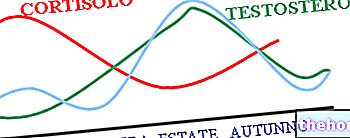
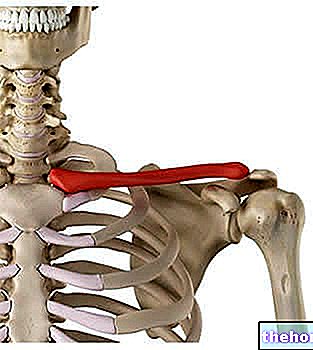
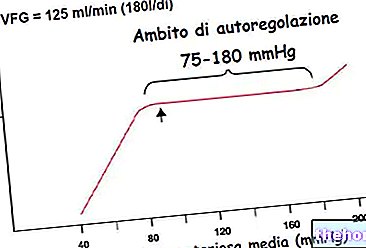
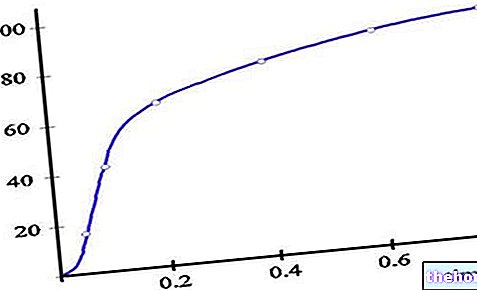
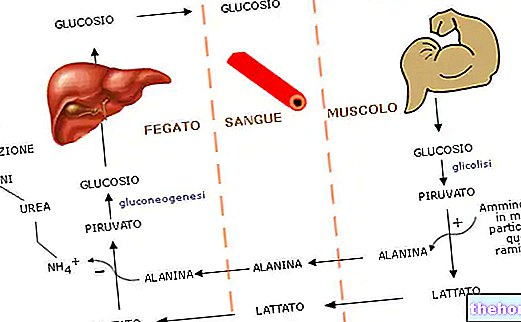










.jpg)











